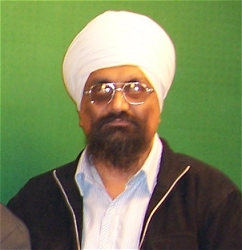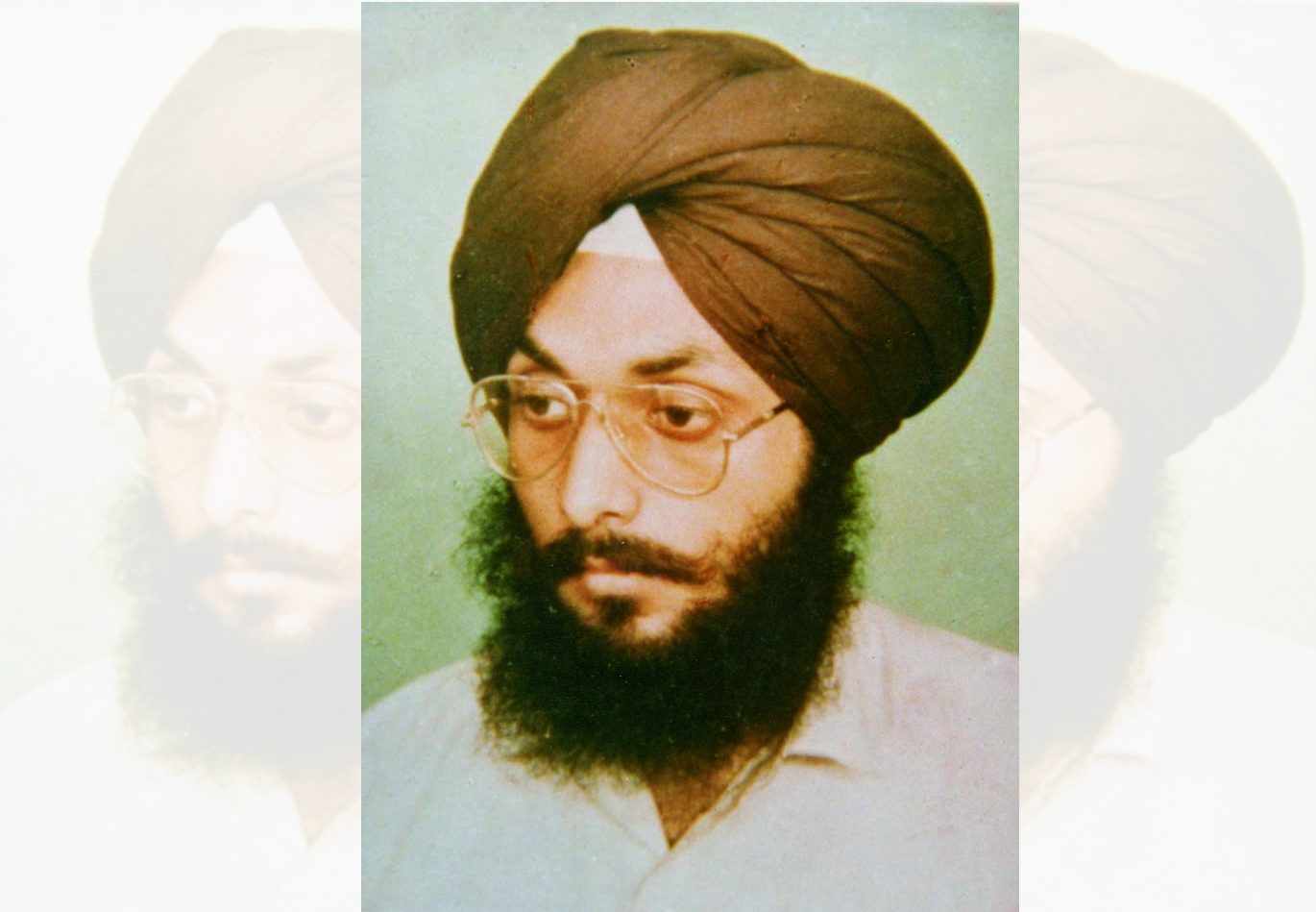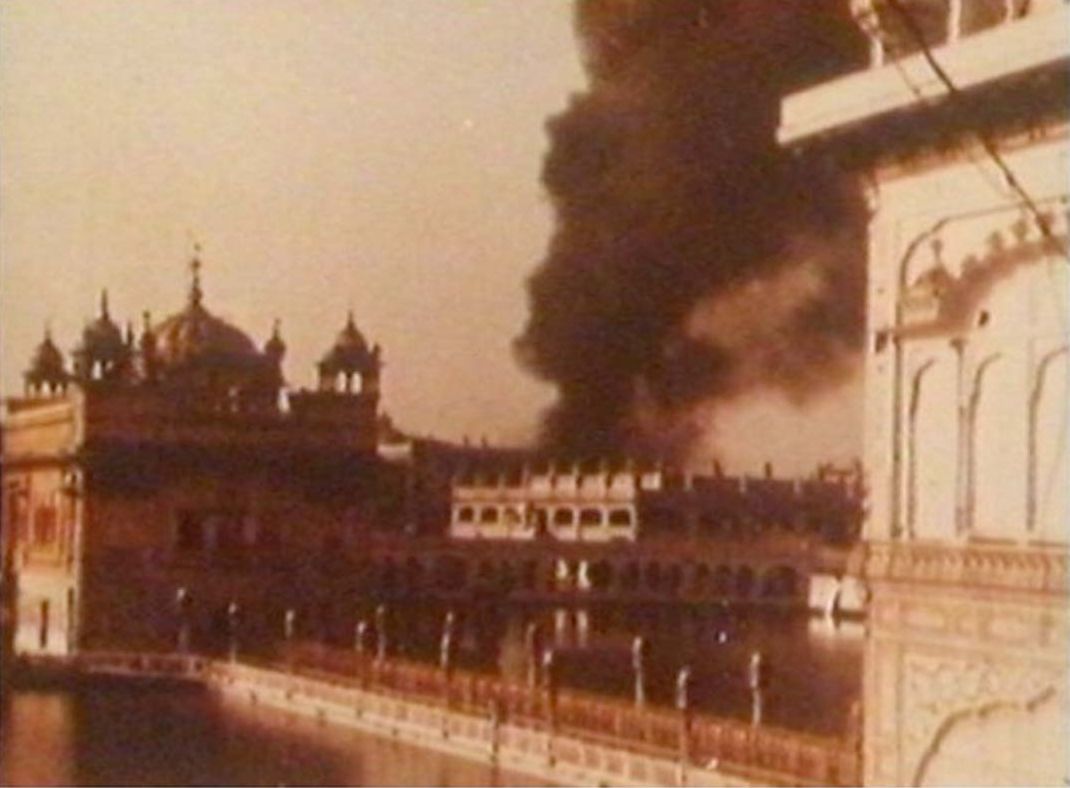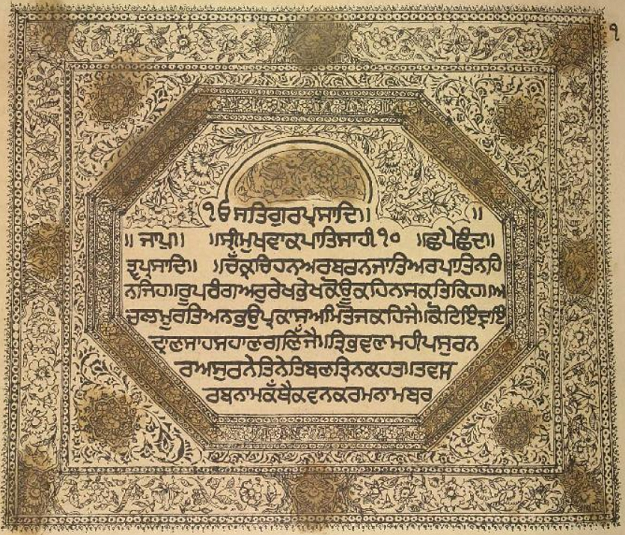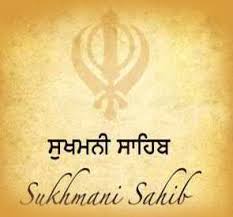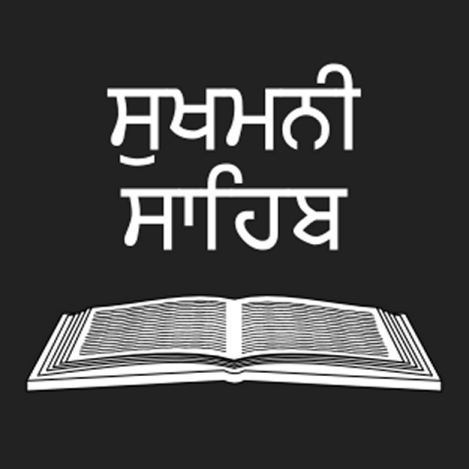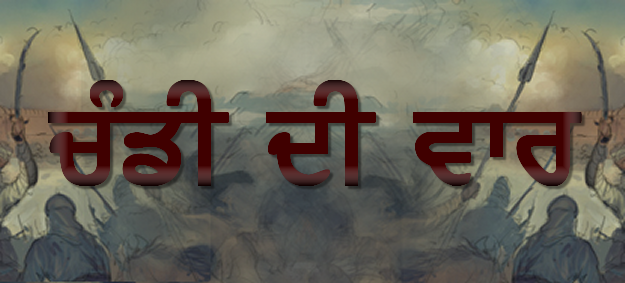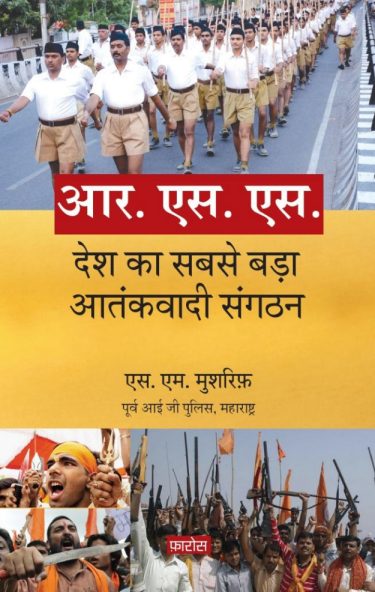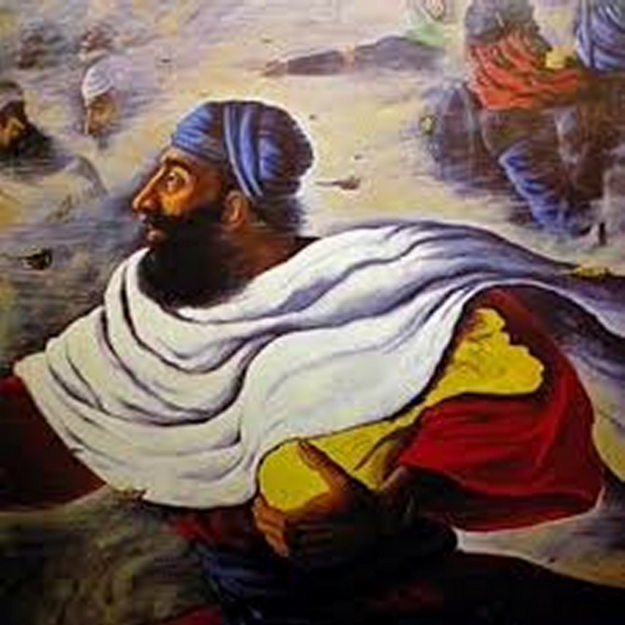
August 15th is not the day of Sikh liberation, but of Sikh capitulation to modern India
The year 2006 marks the Sikh Nation’s 157th year under foreign rule. Of these 157 years, 98 were spent under British occupation. The remaining 59 have been spent under the rule of modern India. A secular democracy on paper, but a Hindu dominated and Brahmin manipulated state in practice.
In 1849 the Sikh Kingdom, an independent and sovereign state founded by Raja Ranjit Singh some five decades earlier, finally succumbed to the might of the British Empire after having defeated the Sikhs in two separate “Anglo-Sikh Wars”. The Sikh Nation was just one of the many nations in South & South East Asia that had been occupied by the British and consolidated into what later became known as the “Indian Empire” or “British India”.
Upon the decision to finally abandon their colony in 1947 a final humiliation was inflicted upon the Empire’s subject peoples of British India. This being the implementation of the flawed ‘Two Nation Theory’; an insulting lie which had proposed that British India consisted of only two nations, Hindu and Muslim. This cruel, unjust and fabricated theory which had been conceptualized by a few elitist “Brown Sahibs” and supported by their British masters denied the Sikhs and the many other distinct peoples and nations of the former British India their independence and freedom from colonialism, exploitation and oppression.
As a direct consequence of the ‘Two Nation Theory’ the Sikhs suffered perhaps more so than any other nation within British India. With the division of the Punjab province between Pakistan and India, the Sikh population as a distinct and indigenous socio-religious and political entity of the region was split almost equally between the two new countries. The intolerant nature of the Muslim League towards Hindus and Sikhs and the Sikh leadership’s opposition to and mistrust of Pakistan boiled over and climaxed into the worst communal violence witnessed in any of the former provinces of British India and saw one of the largest displacements of populations in recorded history.
Many thousands of Sikhs were massacred in the Punjab province’s western and central districts while many millions more were forced by the situation of the time to take refuge in the eastern Punjab which had been awarded to the newly created India. Gurdwaras were desecrated and torn down, Sikh properties were looted and their young and women kidnapped, converted or raped. Stories of Sikh women choosing suicide over molestation and dishonour by jumping into wells to their deaths were well recorded during this chaotic period. The near civil war conditions in the Punjab between the Muslim and non-Muslim populations, full of stories of train carriages filled with dead bodies arriving at Amritsar and Lahore, resulted in the Sikh population as a whole ending up almost exclusively in the eastern Punjab and in Delhi. The Muslims of eastern Punjab too suffered a similar fate as had the Sikhs and Hindus of western Punjab and were driven off almost in their entirety to Pakistan.
While the common man and woman belonging to the Punjab’s three major communities had suffered the criminality of the ‘Two Nation Theory’ in 1947 equally, it was the Sikhs as a collective whole who were the biggest losers. Notwithstanding the cost in human lives, the Sikhs had been forced to make the greatest sacrifice by leaving behind their sacred places and canal-colony lands turned rich and fertile through the hard toil of Sikh farmers and pioneers. But the biggest loss to the Sikhs at the end of the “British Raj” was that their sovereignty as a people and as a nation was not transferred back to them but was handed over from one colonial power to another; this being from the British to the neo-colonial “Brown Sahibs” of Hindustan.
Although the Sikh Nation had been betrayed and left with no alternative in 1947 but to forfeit much of their sacred and ancestral lands to Pakistan and throw in their lot with India, the proceeding decades have shown that India is not the homeland of the Sikhs, nor are Sikhs treated or seen as an equal partner and heir to modern India; a country for which Sikhs had comparatively sacrificed the most number of lives for the independence of. Since India’s creation on August 15, 1947 not a single promise made by the Indian leadership to the Sikh Nation has ever been honoured. The Sikh homeland in Punjab was never given autonomy within modern India as promised by Nehru. In fact, the policy of modern India towards the Sikh Nation has been the complete opposite of autonomy. Rather than respect the independent character and identity of the Sikhs, the policy of the Indian state and Hindutva ideologues has been to entrap and assimilate the Sikhs religious, political, cultural and linguistic identities into a pan-Hindu and Hindi-speaking entity. The attempts to synthesise the identity and soul of the minority peoples with the majority Hindus is nothing short of a cultural genocide and polluting of the non-Hindu peoples of India.
The Operation Bluestar launched in June of 1984 which caused immense physical damage to the Sikhs most holiest of sites followed by the November 1984 anti-Sikh pogroms and the decade of militarization and conversion of the Sikh homeland into a police state rife with extra-judicial killings, torture and brutalizing of ordinary Sikh civilians by the security forces have been the highlights of modern India’s repayment to the Sikh Nation for all of the sacrifices made by it for modern India.
In hindsight of the history of modern India and its treatment and relations with the minorities currently trapped within its borders, August 15th has clearly come to represent for the Sikhs and for the many other freedom-seeking nations a black day and day of betrayal on which the Hindi-speaking Hindus of northern and central India, specifically those from their “upper caste” communities, were gifted an empire by the British at the expense of all the other peoples and nations of modern India. The declaration of Khalistan by the Panthic Committee at the Akal Takht during the Sarbat Khalsa in 1986 was the Sikh Nation’s defining moment in their assertion of their sovereignty as a nation whose destiny lay outside of India. The declaration of Khalistan in 1986 is one of the many practical examples since 1947 which has proven the ‘Two Nation Theory’ to be false and a failure and that British India was never sincerely or successfully decolonized according to the true wishes and aspirations of all of the former subject peoples and nations.
Just as the Indian National Congress, the Muslim League and many other political factions had once campaigned for independence from the British Empire, on what moral grounds do these same parties now oppose the right to self-determination being sought for in Nagalim, Jammu & Kashmir, Khalistan, Assam and in the other nations that had been deprived of their independence in 1947 or had subsequently been annexed into modern India within a few years of its creation?
This is the question that should be in the minds of every freedom loving person when the sun rises over South Asia on August 15th and as the Indian tricolour is being unfurled over the Red Fort in New Delhi by India’s puppet Sikh Prime Minister, the unelected Dr Manmohan Singh.
Celebrating freedom and independence can only be done once this has been achieved, and for the Sikh Nation, this is yet to be realized.
Views and opinion expressed in guest editorials/columns are of the author and do not necessarily reflect the view or opinion of Panthic.org or Khalsa Press.


